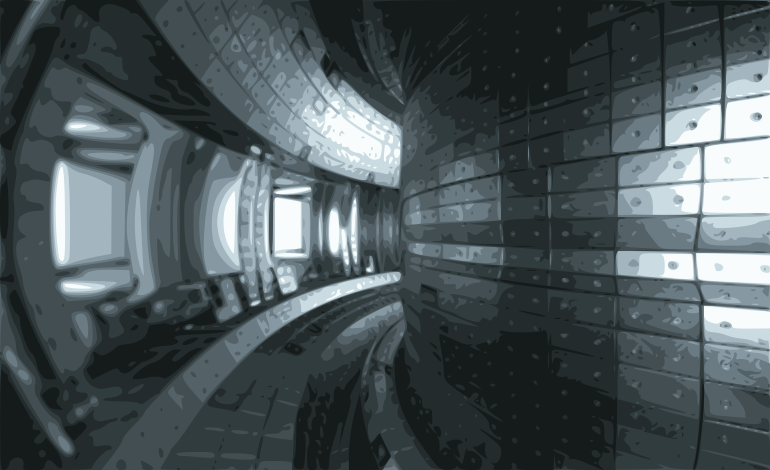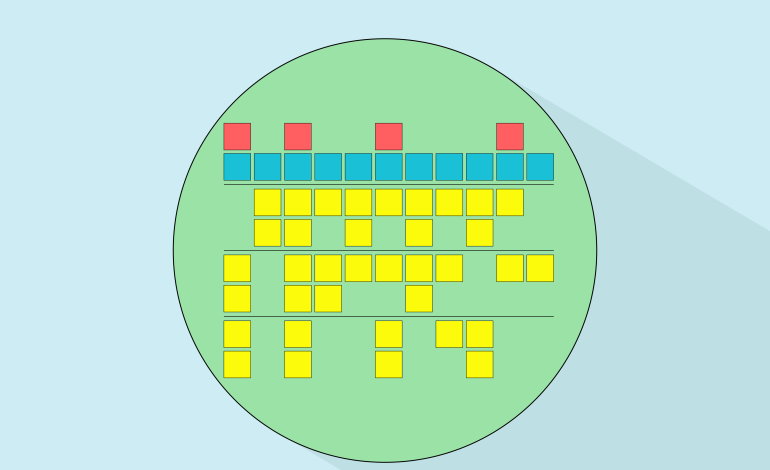Article: The Challenge and Promise of the Fusion Reactor
In theory, the use of fusion power plants could reduce the environmental impacts of increasing world electricity demands.
- By Mensah Alkebu-Lan
- 09 October 2022

Table of Contents
The Disappointment of Cold Fusion
The scientific community has been laboring for a way to create abundant, inexpensive, and pollution-free energy for a very long time. Some of us may remember the short-lived and quickly dismissed phenomenon from the late 90s known as cold fusion.
Some of us remember that 1989 announcement at a press conference at the University of Utah. It was an announcement made by electrochemists Martin Fleischmann and Stanley Pons saying they had found a way to tame the power of nuclear fusion in an electrolysis cell. The claims were investigated by the scientific community and eventually dismissed as junk science. Cold Fusion research continues but has been re-branded as low-energy nuclear reactions.
The Promise of the Fusion Reactor
Fusion researchers hope nuclear fusion can become a reliable energy provider in the second half of this century. In theory, the use of fusion power plants could reduce the environmental impacts of increasing world electricity demands.
Another attractive feature is fusion does not generate long-lived radioactive products. In general, the possibility of a nuclear accident is greatly diminished compared to other options, since fusion energy production is based on a chain reaction.
There is plenty of excitement in the scientific community around the possibilities of fusion power. A big part of this excitement is based on the amount of energy that can be produced. It’s hard to deny making fusion power plant technology on a global scale can potentially be monumental.
The process of fusion is complicated. If there’s one thing you want to take away from a conversation about fusion energy science is that the process releases energy. It works on the principle energy can be released by forcing atomic nuclei together. This is the opposite of nuclear fission reactions in that fission reactions occur when heavier atomic nuclei are spit.
Nuclear Fusion reactions power the Sun and other stars. Creating conditions for fusion to take place on earth; however, is not easy.
One of the current challenges is generating and sustaining a plasma. Plasma is a gas at such a high temperature electrons are freed from atomic nuclei. Researchers have had some success using electric and magnetic fields to control the resulting collection of ions and electrons. With the right process, ions can overcome the repulsive electrostatic forces at high temperatures.
On the other hand, there are certainly concerns that will need to be addressed with fusion power. These concerns will need to be addressed if fusion power is going to be widely used as a future source of energy.
References
-
Amos, Jonathan. “Major breakthrough on nuclear fusion energy.” BBC, 9 February 2022. Accessed 8 October 2022.
-
Orbach, Raymond L. “Nuclear Fusion : WNA.” World Nuclear Association. Accessed 8 October 2022.
-
General Fusion: Bringing Fusion Energy to Market - Fusion Power. Accessed 8 October 2022.
-
“DOE Explains…Fusion Energy Science.” Department of Energy. Accessed 9 October 2022.
-
“Fusion - Frequently asked questions | IAEA.” International Atomic Energy Agency. Accessed 9 October 2022.
-
“DOE Explains…Nuclear Fusion Reactions.” Department of Energy. Accessed 9 October 2022.
-
Ritter, Stephen K. “Cold fusion died 25 years ago, but the research lives on.” C&EN, 7 November 2016. Accessed 9 October 2022.
article
A Qubit is a Quantum Bit



